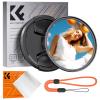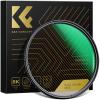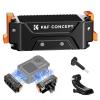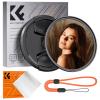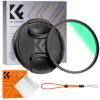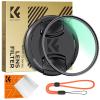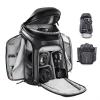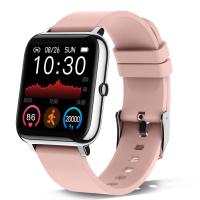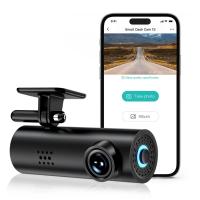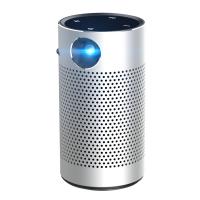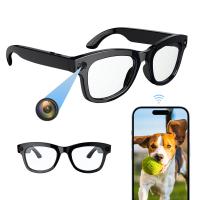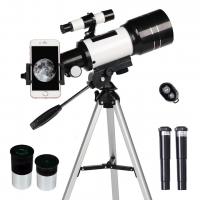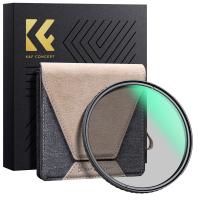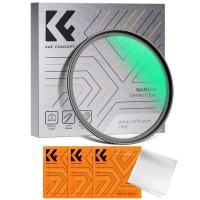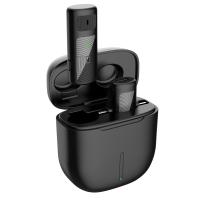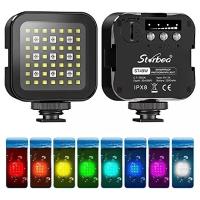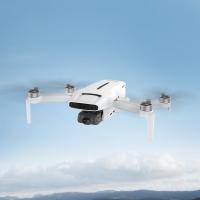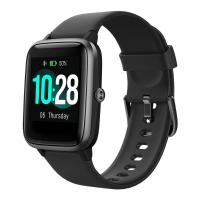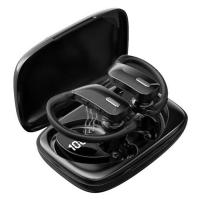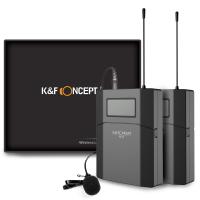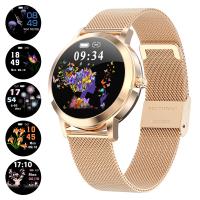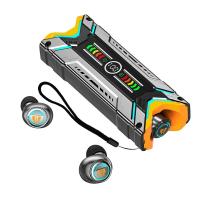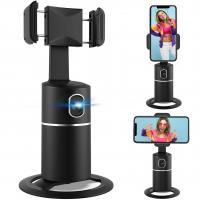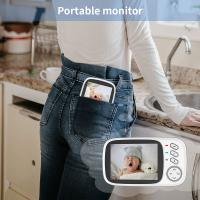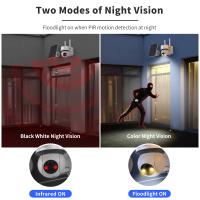How Do Smart Watches Track Sleep?
Smartwatches have become an integral part of our daily lives, offering a plethora of features that go beyond just telling time. One of the most intriguing and beneficial features of modern smartwatches is their ability to track sleep. Understanding how these devices monitor sleep can help users make the most of this technology to improve their sleep quality and overall health. In this article, we will delve into the mechanisms behind sleep tracking in smartwatches, the accuracy of these devices, and how you can use the data they provide to enhance your sleep patterns.
The Mechanisms Behind Sleep Tracking
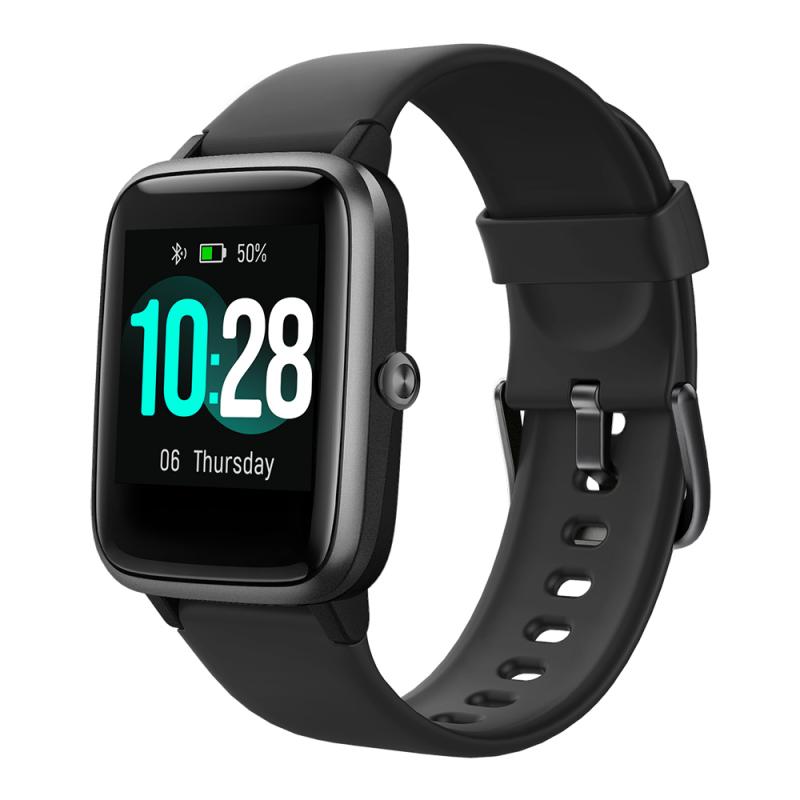
Sensors and Data Collection
At the core of sleep tracking technology in smartwatches are various sensors that collect data while you sleep. The most common sensors include:
1. Accelerometers: These sensors detect movement and can determine whether you are awake, in light sleep, or in deep sleep based on your motion patterns. When you are in deep sleep, your body is generally more still, whereas light sleep and wakefulness involve more movement.
2. Heart Rate Monitors: Many smartwatches come equipped with optical heart rate sensors that measure your heart rate throughout the night. Changes in heart rate can indicate different sleep stages. For example, during REM (Rapid Eye Movement) sleep, your heart rate can become more variable.
3. Gyroscopes: These sensors help in detecting the orientation and rotation of your wrist, providing additional data to differentiate between sleep stages.
4. SpO2 Sensors: Some advanced smartwatches also include SpO2 sensors that measure blood oxygen levels. Low oxygen levels can indicate sleep apnea or other sleep disorders.
Algorithms and Data Analysis
The raw data collected by these sensors is processed using sophisticated algorithms to provide meaningful insights into your sleep patterns. These algorithms analyze the data to identify different sleep stages, such as:
- Awake: Periods when you are fully awake.
- Light Sleep: A non-REM sleep stage where you are easily awakened.
- Deep Sleep: A restorative non-REM sleep stage that is crucial for physical recovery.
- REM Sleep: A sleep stage associated with dreaming and cognitive functions.
The algorithms take into account various factors, such as the duration of each sleep stage, the frequency of awakenings, and the overall sleep duration, to provide a comprehensive sleep report.
Accuracy of Sleep Tracking
While smartwatches offer a convenient way to monitor sleep, their accuracy can vary. Several factors influence the reliability of sleep tracking:
1. Sensor Quality: The accuracy of the sensors used in the smartwatch plays a significant role. High-quality sensors can provide more reliable data.
2. Algorithm Sophistication: The effectiveness of the algorithms used to interpret the data is crucial. More advanced algorithms can offer more accurate insights.
3. User Behavior: Factors such as how tightly the watch is worn, the sleeping position, and the presence of other electronic devices can affect the accuracy of the data collected.
4. Comparison with Polysomnography: Polysomnography (PSG) is the gold standard for sleep studies, involving multiple sensors and a controlled environment. While smartwatches are not as accurate as PSG, they offer a practical and non-invasive way to monitor sleep at home.
Practical Applications of Sleep Data
Understanding how smartwatches track sleep is only the first step. The real value lies in how you use this data to improve your sleep quality. Here are some practical applications:
Identifying Sleep Patterns
By regularly monitoring your sleep, you can identify patterns and trends. For example, you may notice that you consistently get less deep sleep on certain nights. This information can help you make lifestyle changes, such as adjusting your bedtime routine or reducing screen time before bed.
Improving Sleep Hygiene
Sleep hygiene refers to the practices and habits that promote good sleep quality. Using the data from your smartwatch, you can make informed decisions to improve your sleep hygiene. For instance, if your smartwatch indicates frequent awakenings, you might consider creating a more comfortable sleep environment or managing stress levels.
Detecting Sleep Disorders
While smartwatches are not a substitute for professional medical diagnosis, they can provide preliminary insights into potential sleep disorders. For example, irregular heart rate patterns or low SpO2 levels during sleep could indicate conditions like sleep apnea. If your smartwatch data consistently shows such irregularities, it may be worth consulting a healthcare professional for further evaluation.
Setting Sleep Goals
Many smartwatches allow you to set sleep goals and provide reminders to help you achieve them. By setting a target for sleep duration and quality, you can work towards better sleep habits. The smartwatch can also provide feedback on your progress, helping you stay motivated.
Tips for Maximizing the Benefits of Sleep Tracking
To get the most out of your smartwatch's sleep tracking capabilities, consider the following tips:
1. Wear the Watch Consistently: For accurate data, wear your smartwatch consistently every night. Ensure it fits snugly but comfortably on your wrist.
2. Calibrate the Device: Some smartwatches allow you to calibrate the sensors for better accuracy. Follow the manufacturer's instructions to optimize the device's performance.
3. Review the Data Regularly: Make it a habit to review your sleep data regularly. Look for patterns and trends that can provide insights into your sleep quality.
4. Make Informed Changes: Use the data to make informed changes to your sleep routine. Experiment with different strategies to see what works best for you.
5. Consult a Professional: If you notice consistent irregularities or potential signs of sleep disorders, consult a healthcare professional for further evaluation and advice.
Smartwatches offer a convenient and accessible way to monitor sleep, providing valuable insights into your sleep patterns and quality. By understanding the mechanisms behind sleep tracking and using the data effectively, you can make informed decisions to improve your sleep hygiene and overall health. While smartwatches may not replace professional sleep studies, they serve as a useful tool for anyone looking to enhance their sleep and well-being. So, strap on your smartwatch, track your sleep, and take the first step towards better sleep health.

